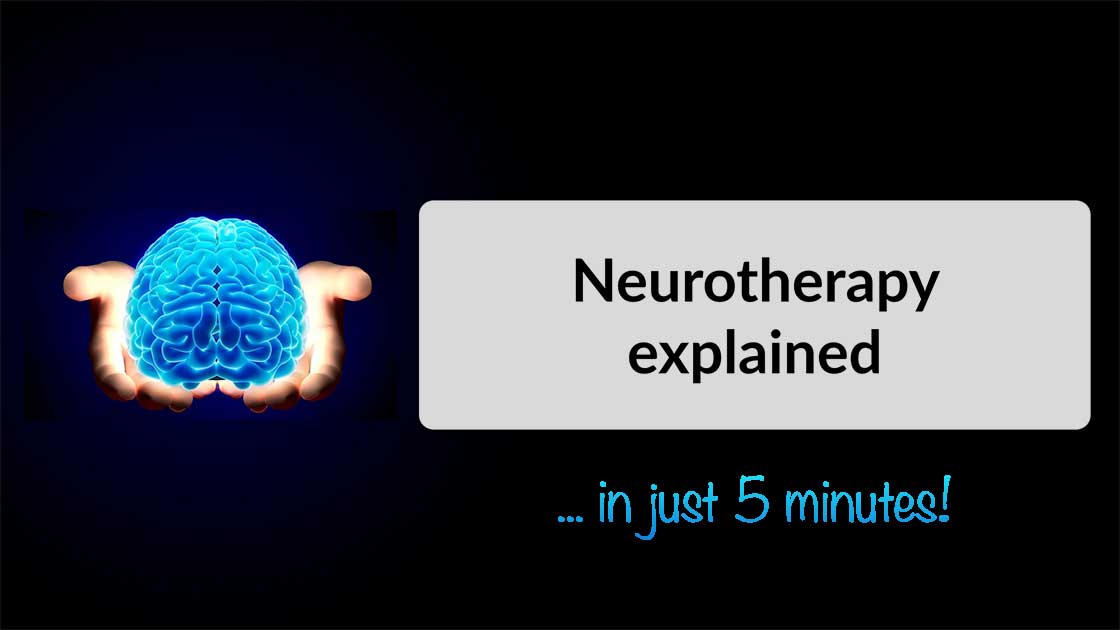
Electroconvulsive Treatment (ECT) utilises up to 900mAmp (!) at a voltage of up 480 Volts (!!) to induce a seizure-fit with convulsions in patients under full Anaesthesia. A common side effect is cognitive impairments, yet, not all Psychiatrists find this technique barbaric. Go figure.
Neurotherapists primarily use active Neuromodulation in the form of Neurofeedback-based Brain Training, during which the client’s Mind and Brain receive real-time information (“feedback”) as to whether the current level of the trained Brain activity is in the target range or not.
[Neurofeedback Training therefore follows the same principle as — for example — piano lessons where the note of the song is the target for the student; and the student can hear for themselves in real-time, whether their Brain made their fingers hit the right key on the keyboard.]
Some Neurotherapists also use passive Neuromodulation techniques, for example with flickering lights (e.g. Audio-Visual Entrainment or Dis-entrainment) or extremely weak electromagnetic fields (e.g. LENS – Low Energy Neurofeedback System).
Recently, tDCS (“Transcranial Direct Current Stimulation”) has become a little bit more popular amongst clinicians. TDCS uses a very weak electric current of 1-2 mAmp from a 9V battery to excite or to calm superficial layers of the cortex.
When used by professionals and based on the findings from a QEEG assessment, tDCS is harmless and barely noticeable. It is often used for 10-20mins in preparation for a Neurofeedback Training session.
TDCS can be stopped at any moment, if it were to cause any discomfort. Try that, when your under Anaesthesia receiving electroshock treatment (ECT)!
Should you struggle to understand this brief explanation, then you may already have had an ECT treatment. You may not remember it.

THE MIGRAINE REVOLUTION is a Scientific Patient Guide about the comprehensive rehabilitation of Migraine, a Functional Brain Disorder.

Neurotherapy Practice
32 Lawley Crescent,
Pacific Pines/Gold Coast
Queensland 4211
Australia